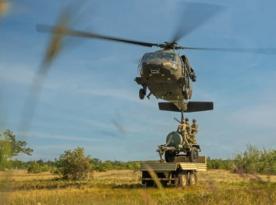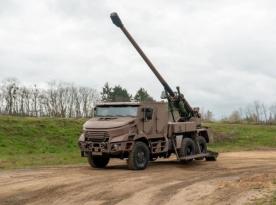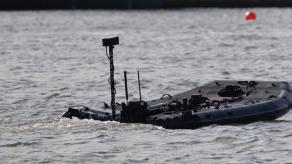The U.S. Army tested new weapons based on the shoot and scoot principle as part of efforts to increase the maneuverability of its units in combat. These weapons include the lightweight 81 mm Scorpion mortar system, developed by Global Military Products, and tested by soldiers of the 2nd Battalion, 35th Infantry Regiment at a training ground in Hawaii.
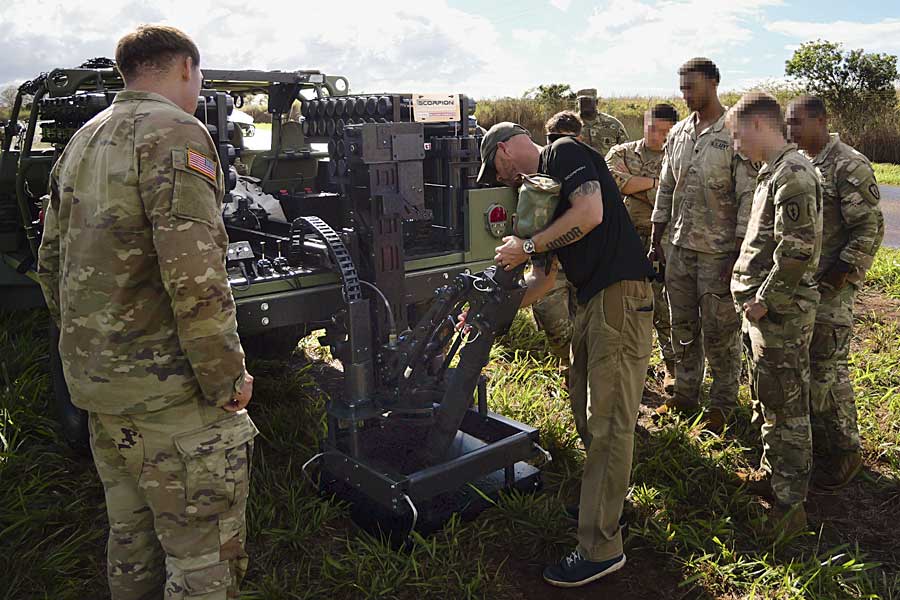
Testing of this mortar was conducted as part of the Army's Transformation in Contact 2.0 program, which tests various experimental weapons. Testing of the Scorpion mortar began on October 20 and lasted five days, according to Defense News.
Read more: Ukraine Approves Local Production of the Lynx IFVs: How Rheinmetall Project May Boost Air Defense Capabilities
During the tests, several tactical scenarios were evaluated to assess the system's mobility — including rapid deployment, automated fire control, and enhanced expeditionary capabilities.
Global Military Products (GMP) emphasized that the company had received invaluable feedback from soldiers testing the Scorpion mortar system, noting that the trials confirmed its capability to deliver rapid, mobile, accurate, and sustained fire from covered positions.
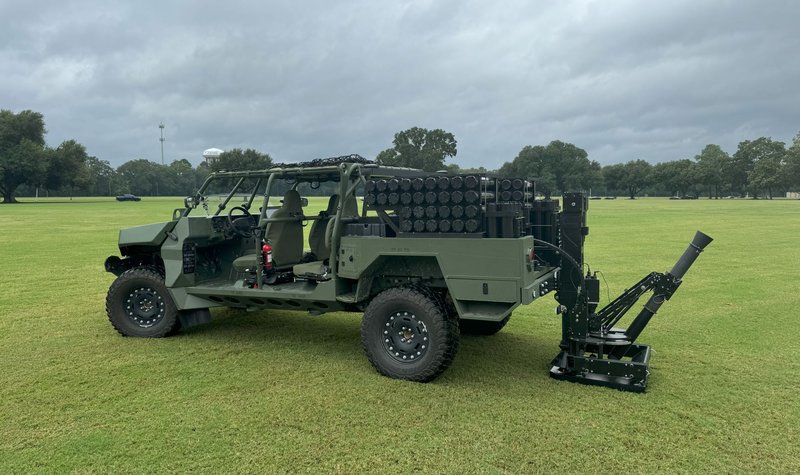
So far, the U.S. Army has not yet issued any comments on the system's testing, and it remains unknown whether there are plans to adopt it into service.
Early reports suggest that the Scorpion mortar can cut the time needed to hit a target by 85%.
Based on tactical and technical characteristics, the Scorpion mortar requires approximately 30 seconds to fire its first round and a further 30 seconds to commence movement after the final shot. It can can operate on almost any surface by using baseplate.
GMP calls the Scorpion mortar "the fastest mobile mortar in the world." The system can be mounted on various vehicles, depending on customer requirements.
In addition to the mortar system itself, the vehicle can also carry 72 shells of ammunition. Its rate of fire is eight rounds per minute. Despite its mobility, the vehicle may be vulnerable to FPV drones, so additional protection or the integration of electronic warfare systems will be relevant.
In the context of this news, it is worth mentioning how trials in Ukraine helped improve the ultra-lightweight 105 mm Hawkeye MHS self-propelled gun.
Read more: Will Lynx IFV Production Really Begin in Ukraine This Year, and What Are the Hidden Challenges?





